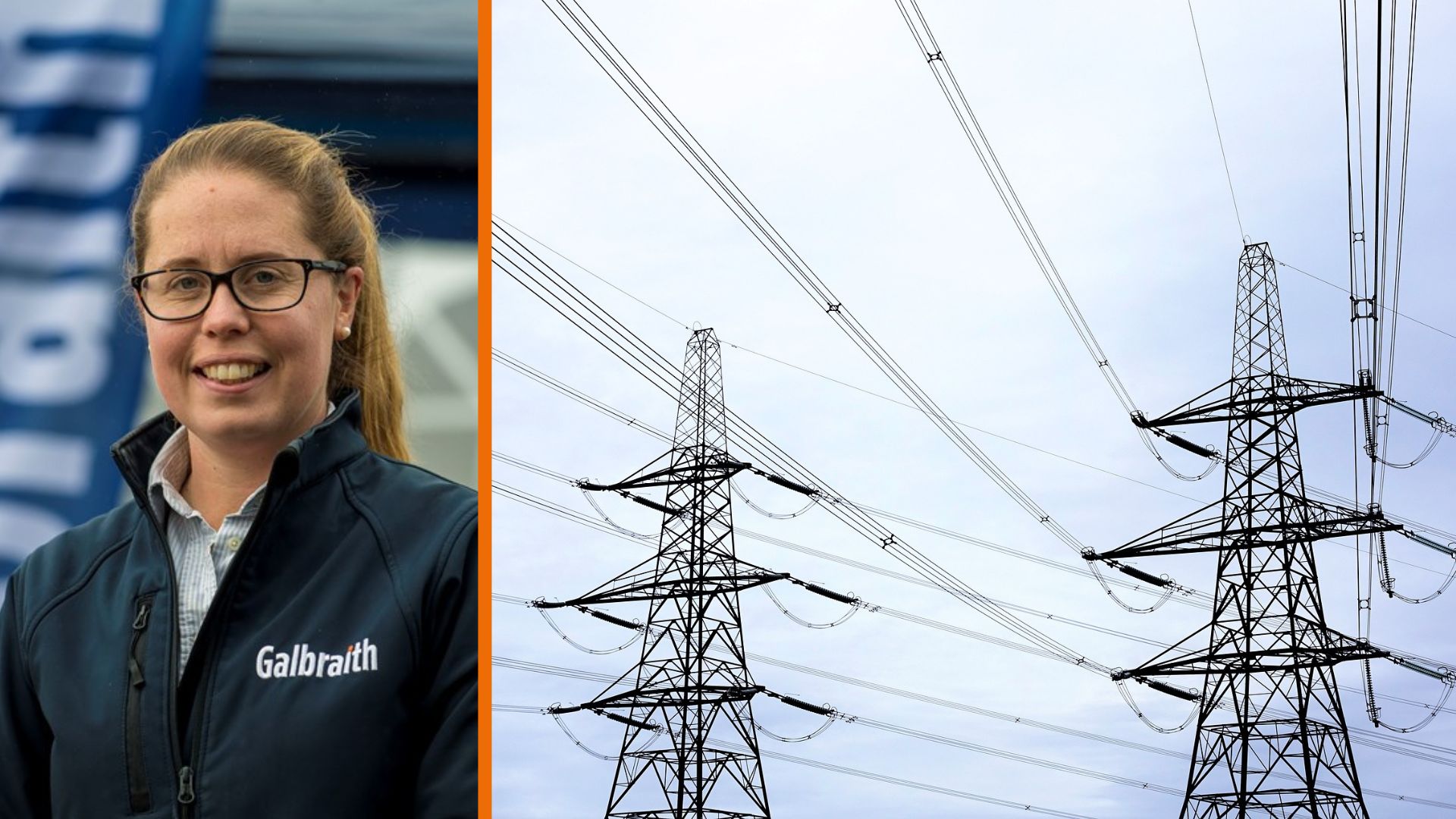Scotland's electricity grid network is an extensive system of power generation, transmission and distribution that ensures the flow of electricity throughout the country.
The existing grid connection process was designed over 20 years ago at a time when connection applications were made by a small number of large fossil fuel generators. The country’s positive progress on decarbonisation over recent years has led to an unprecedented number of applications to connect to the electricity transmission system and the network and processes are under pressure to reform.
In February, National Grid, the electricity system operator (ESO), launched a five-point-plan of tactical initiatives to help improve the connections process in the short-term:
- TEC (transmission entry capacity) amnesty: Allowing customers to leave the queue for new connections without incurring penalties for doing so. This amnesty closed in April 2023 and received over 8GW of interest, alleviating pressures within the pipeline of projects.
- Background modelling assumptions: The ESO is updating how they calculate project connection dates.
- Storage: Batteries and other energy storage technologies soak up energy generation when connected to the grid as well as releasing it back onto the grid. As this technology has a dual purpose, the ESO has changed how they calculate their impact on the system.
- Contract terms: The ESO is developing new contractual terms for connection contracts to manage the queue more efficiently, so those projects that are progressing can connect and those that are not can leave the queue.
- Interim offer for BESS (battery energy storage systems): The ESO will be enabling energy storage projects to connect to the grid more quickly.
In May, Ofgem launched a policy review on reforming the electricity connections system. In an open letter to the energy sector, the energy regulator set out potential options to deliver new connections at scale to meet long-term energy demand with offshore wind, solar, new nuclear and other generation – alongside Ofgem’s work building strategic network investment and efficient, flexible network management.
With the ESO Future Energy Scenarios modelling showing that Great Britain needs between 123-147 GW of low-carbon transmission generation by 2030 to be on a net zero compliant pathway, the system is under pressure to deliver short-term solutions. Ofgem’s and National Grid’s proposals demonstrate the appetite to aid grid reform in the UK; the challenge remains as to whether the roll-out of the reform proposals can keep apace with demand.
With a rapidly changing grid connection process and project connection dates in to the late 2030’s, getting advice before committing to exclusivity, option and lease terms for renewable energy projects is imperative. With existing electricity transmission and distribution asset upgrades forming part of the network upgrades, the impact of the grid reform roll-out is far reaching.
Galbraith is on hand to assist you through the challenges and opportunities that the grid reform presents.

